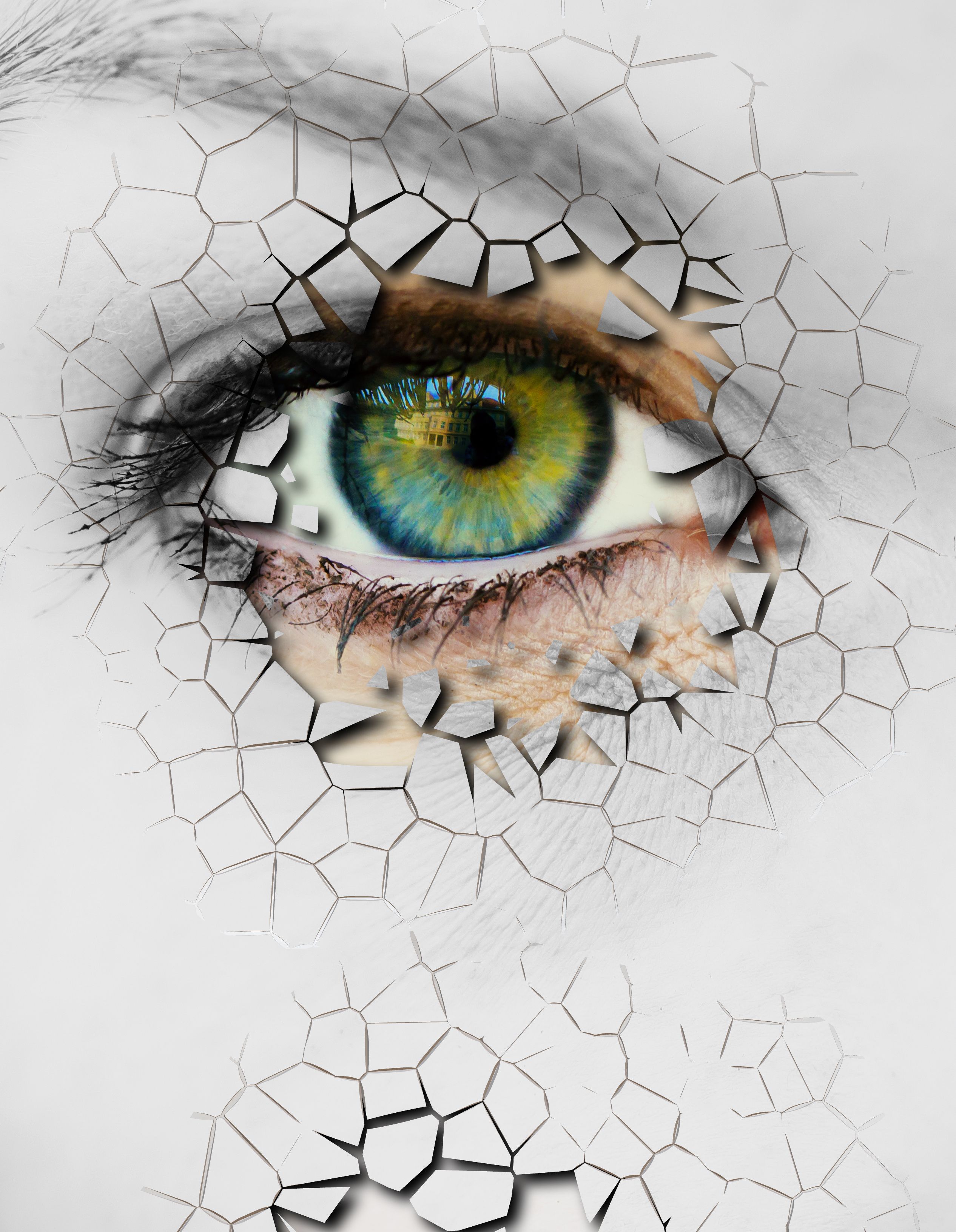When daydreaming in clinic, think about night-time dry eye

It is important to proactively consider night-time dryness as its own separate entity. An effective lid hygiene regime will minimise the risk of build-up of deposits on compromised lid margins and thus optimise long term success and tolerance in these patients.
By Mr Saj H. Khan
The awareness of the high incidence, impact on daily life and challenges of treating dry eye disease (DED) has increased exponentially over the past 2-3 decades. Significant progress towards achieving consistency in understanding the fundamental causes of the condition, the systematic strategies used for diagnosis and stepwise treatment approaches have undoubtedly come from the two landmark Tear Film and Ocular Surface Society (TFOS) Dry Eye Workshop – DEWS I and II – reports.1,2
However, with such strength of guidance, it is also easier for some practitioners to fall into a generic blanket approach. This can result in patients’ history being taken in a less focused manner, and the more subtle clinical findings receiving too little attention.
Due to the robustness of the fundamental recommended treatment steps, the majority of patients are still likely to experience significant benefit, often accepting the improved but residual symptoms as inevitable. However, this is not the same as providing the most comprehensive and appropriate care.
A proportion of DED patients will experience worsening of symptoms overnight or on waking, even with effective warm compresses, lid massage/cleaning, preservative free lubricants and oral omega-3 supplements. Although this may just be an unavoidable component of their dry eye condition, it is imperative to proactively consider night-time dryness as a separate entity.
Night dryness
Ophthalmologists should differentiate between worsening of dry eyes later in the day, typically associated with visual concentration tasks, and worsening of symptoms once the patient has gone to sleep and awakes in the morning. The former is common in all dry eye patients, whilst the latter is more commonly related to night dryness.
Several natural bodily occurrences take place during the night which can result in fewer nutrients reaching the ocular surface: body temperature drops, metabolism slows3, tear production lessens and active blinking does not take place. Most young healthy patients will cope with this, but in those with existing DED or in older patients, there is likely a reduced reserve to be able to tolerate that same drop, thus resulting in increased symptoms.
In patients with inferior localised, linear corneal+/- conjunctival staining despite compliance with treatment, it is important to consider two key elements. In patients with significant, poorly controlled lid margin inflammation, this staining may be the result of direct contact toxicity from the lower lid margin to the ocular surface. However, the possibility of nocturnal lagophthalmos is something that must be proactively considered and evidence of the same specifically looked for.
Although more severe lagophthalmos may require surgical intervention, the majority of patients we see in practice will not need this. Simple exercises to encourage active, firm blinking and massage of the upper lid to enhance closure can very quickly translate to subjective and objective improvements.
The use of tape to keep the lids closed at night can be very effective, but this is not particularly practical in older populations who are more likely to need to get up during the night than younger patients. It is with these patients that the use of ointments at night can tip the balance of control back in our favour – but it is important to consider the optimal qualities desired.
The fact that ointments are thick and viscous provides prolonged dwell times in the eye, coating the ocular surface and also aiding the lids to ‘stick’ together – but this same positive quality can also create further problems if the wrong substances are kept in contact with an already compromised ocular surface for extended periods.
The need to choose a preservative-free option is obvious. The majority of ointments are paraffin-based, which provides effective lubrication with a very low risk of adverse reactions. Some may contain lanolin,4 which is believed to aid aqueous absorption and reduce evaporation but is also avoided by some ophthalmologists due to it being a potential allergen.
Phosphate must be avoided, since the risk of calcification would be even greater with the prolonged contact time of an ointment,5 whilst the addition of vitamin A, as a natural component of the tear film important for mucosal and goblet cell health, is likely to aid recovery of the compromised ocular surface.6
Finally, I always reiterate to patients the importance of a consistent and effective lid hygiene regime, specifically in the context of using an ointment, to minimise the risk of build-up of deposits on these compromised lid margins and thus further optimise long term success and tolerance.
Disclosures:
Saj H. Khan, M.B.B.S (London), FRCSEd (Ophth)
E: sajkhan@scopeophthalmics.com
Mr Khan is a consultant ophthalmic surgeon. He consults in Caterham, Croydon, Epsom/Ashtead as well as in Harley Street, London, UK. Mr Khan is a council member of United Kingdom & Ireland Society of Cataract and Refractive Surgeons (UKISCRS) and the British Society of Refractive Surgery (BSRS). He is also a member of European Society of Cataract and Refractive Surgeons (ESCRS).
He has financial interests with Scope and BVI.
References:
1. https://www.tearfilm.org/dewsreport/pdfs/TOS-0502-DEWS-noAds.pdf
2. https://www.tfosdewsreport.org/report-tfos_dews_ii_report/36_36/en/
3. Sharma S, Kavuru M. Sleep and metabolism: an overview. Int J Endocrinol. 2010;270832. doi:10.1155/2010/270832
4. https://www.medicines.org.uk/emc/files/pil.3538.pdf
5. https://emedicine.medscape.com/article/1194813-overview#a6
6. https://iovs.arvojournals.org/article.aspx?articleid=2378794
